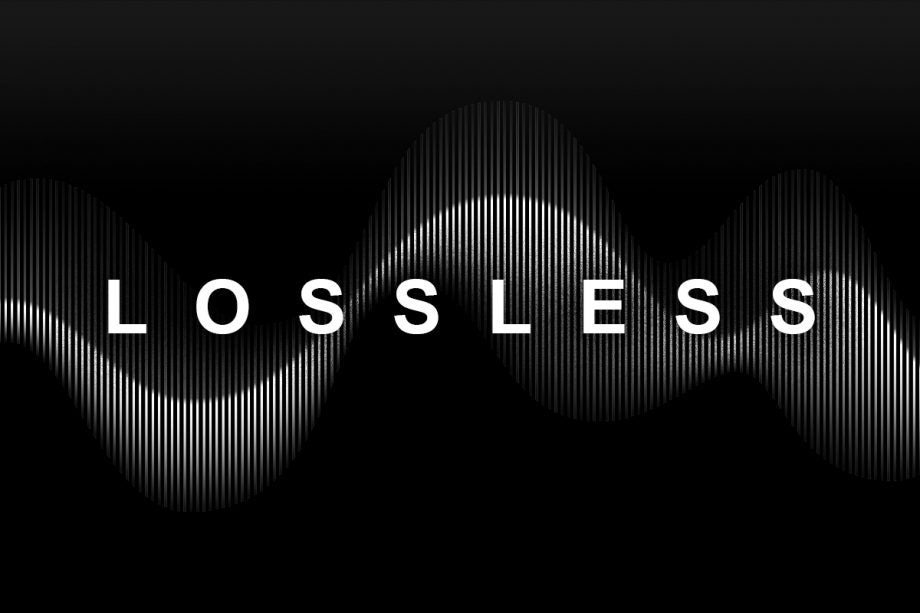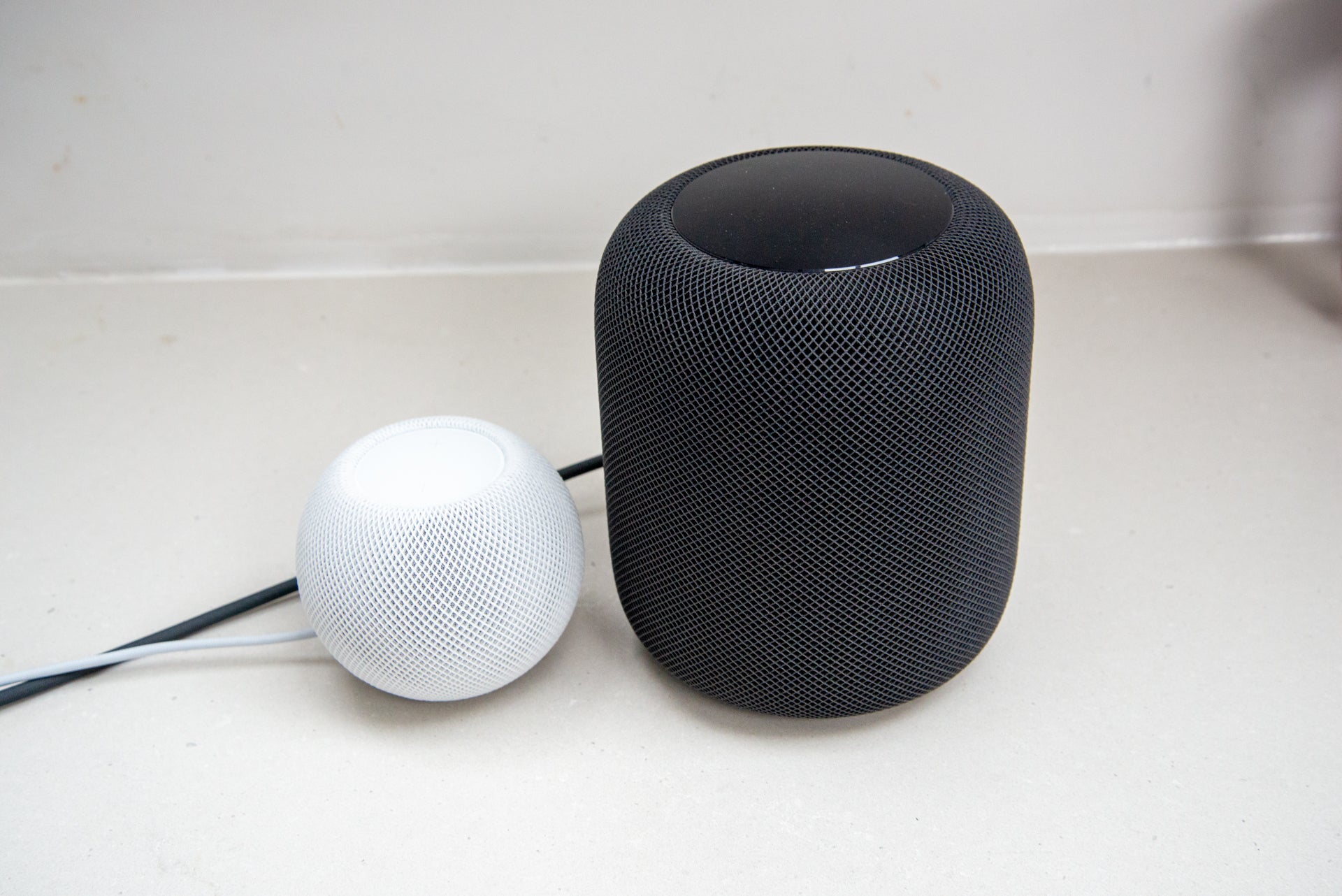What is lossless audio?

After years of music languishing in the realms of lower bitrates, the focus is turning back towards higher quality music with the rise (again) of lossless audio.
The announcement of Apple Music’s lossless support helped to turn back the wheel on a development Apple put in motion with its Apple Store in the early 2000s by adopting low-quality file formats.
Internet speeds were much less than they are now, so was storage, and 128kpbs MP3s subsequently ruled the audio waves.
If you were a CD or vinyl fan, MP3 was am abrupt awakening to the realities of digital music. But, twenty years later, with Internet and mobile networks up to speed, and streaming services placing a focus on premium quality, lossless audio is back in vogue.
What is lossless audio?
Lossless audio is the process of encoding/compressing information without losing any data (or bits). A lossless file represents a virtually identical copy of the original, preserving the original data in an uncompressed form.
So listening to music in a lossless format is essentially listening to it without any loss of data in the frequency range.
That’s what makes lossless different from lossy encoding/compression, which chucks information (or bits) away to make the file smaller and easier to digest. The downside is that the audio quality is poorer than what you’d get from lossless.
Lossless audio is not to be confused with High-res Audio, though the terms are often used interchangeably. High-res is defined – at least for marketing purposes – as anything above 16-bit/44.1kHz.
What audio file formats are lossless?
There’s not just one lossless file format, though some are more relevant than others. For the purposes of simplicity, we’re going to keep this to file formats rather than wireless codecs.
FLAC
FLAC (Free Lossless Audio Coding) is one of the most common and popular lossless format. It’s an open format (so can be used by anyone) that first came to be in the early 2000s. Ripping files in FLAC leads to smaller file sizes compared to some other formats, despite the lossless tag.
ALAC
ALAC (Apple Lossless Audio Codec) will be what Apple Music uses to store lossless audio in its library. There’s no difference between it and FLAC, but ALAC is compatible with iOS devices while FLAC is not.
AIFF
AIFF (Audio Interchange File Format) was developed by Apple in 1988. Considering its age it’s not as popular as others, and part of the reason why formats such as FLAC and ALAC are more common is that AIFF files aren’t the most space efficient. They are massive.
WAV
WAV (Waveform Audio File Format) goes a long way back (1991), developed by IBM and Microsoft. Like AIFF, files in WAV are huge, so it is less efficient than FLAC and ALAC. You’ll come across it on Windows devices.
DSD
DSD (Digital Stream Direct) was developed by Philips and Sony for its Super Audio CDs (SACDs) format. It’s one of the higher quality file formats out there, but guzzles a hefty amount of data. It’s unlikely you’ll see this being used much for streaming, though it is used for music downloads.
Where can I listen to music in lossless?
There are more avenues to listen to music in its uncompressed form than there was even a few years ago. Spotify Hi-Fi will launch in 2021 as the music streaming giant finally adopts higher quality music. Apple Music’s entire library will be made available in ALAC for subscribers to listen to in June.
TIDAL, Deezer and Qobuz have been leading charge, with the TIDAL’s HiFI tier offering lossless audio streaming, Deezer’s library filled with CD-quality tracks and Qobuz’s catalogue featuring music in CD quality and above. Another option is the classical music orientated Primephonic, the Platinum tier delivering streams in up to 24-bit FLAC.
Compared to lower quality streams, lossless audio does incur a premium price and it will eat up more data, something to consider if you listen to music on your smartphone.
Nevertheless, there is an audio revolution happening, although it’s simply taken us back to where we once were, but in a different form. 2021 could be the year where lossless audio is recognised and enjoyed by everyone.





